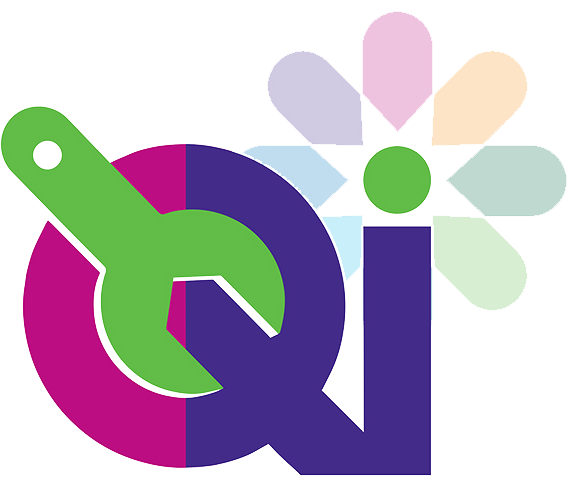Losing a loved one is an incredibly difficult time.
If a patient has died in our care, at Kent Community Health NHS Foundation Trust (KCHFT) whether that is at one of our community hospitals, or at home, we do all we can to support you. We treat everyone with respect, kindness, care and compassion, but with your help, we think we could do better.
Working with you, we have already made some changes to the way we do things. However, we are eager to learn more to understand what we do well, what we do not do well and about anything extra we could provide, to help you and your loved ones as best as we can.
As a trust, we help more patients who choose to die in their own homes, than in our community hospitals. For this reason, we decided that we needed to make the family and carer support and feedback package handed out by our community nurses, more robust. Not only do we want to make sure you have all the information you need but hearing from you about your experience of our care, is vital to help us improve.
We had a good look at our bereavement pack and saw that it needed adapting if a patient had died at home. We also decided to put a feedback survey into the pack, rather than one being posted later, with the questions put together with the help of carers, relatives and patients who sit on one of our community engagement groups.
Jane Browning, Patient and Carer Partnership Project Manager, said: “We looked at our bereavement packs and rather than a one size fits all, we made some changes to the home pack, to make them more applicable and relevant. At the same time, we changed how and when we ask for feedback, to help us make changes, learn and continually improve.
Our bereavement packs now include a condolences letter and information about bereavement support, including points of contact for questions or concerns. The pack lets families and carers know how to raise concerns and asks them to provide feedback on our service, when they are ready. Our survey can be returned by post, or people can email or phone the patient advice and liaison service (PALS).
Jane said: “Feedback can highlight issues which may not otherwise be identified, it’s vital to us and we really appreciate it. It is important that relatives have the reassurance that lessons will be learned, if necessary. Sharing, learning and reflection is an important part of our values.
“Community nursing teams will also benefit from the knowledge that they are providing the best support to their patients at the end of their lives.”
The work was carried out as a quality improvement (QI project) by KCHFT’s Community Nursing Long Term Services Team in east Kent and the changes were soon adopted by the whole of the trust. The aim was to establish an effective system for getting feedback from families and carers, after a patient has died at home, following involvement with KCHFT’s Community Nursing Long Term Services (LTS), aiming to make sure best practice is followed by all, from the start of 2022.
To make this happen, the process for getting feedback needed to be changed. Jane, who is one of the trust’s quality, service improvement and redesign (QSIR) practitioners, used QI tools on the project, including a driver diagram and stakeholder mapping. Those she worked closely with included a community engagement group in east Kent, the trust’s People’s Network, the Patient and Carer Partnership Team, the End of Life Team, the Mortality Surveillance Group, the deputy medical director, the RIO team, community nursing teams and operational leads, to make sure everyone’s views were heard.
The new process was shared with colleagues at the trust via team meetings, a poster and the trust intranet.
Jane added: “Networking is essential with timely involvement and engagement from relevant services and colleagues. Process mapping enables clear demonstration of tasks to highlight current areas of practice that need to be addressed and also prevented an unnecessary pilot taking place. It was also good to collect relevant data at the start of project, so we can measure improvement in a few months time.”

The bereavement packs project on a page


